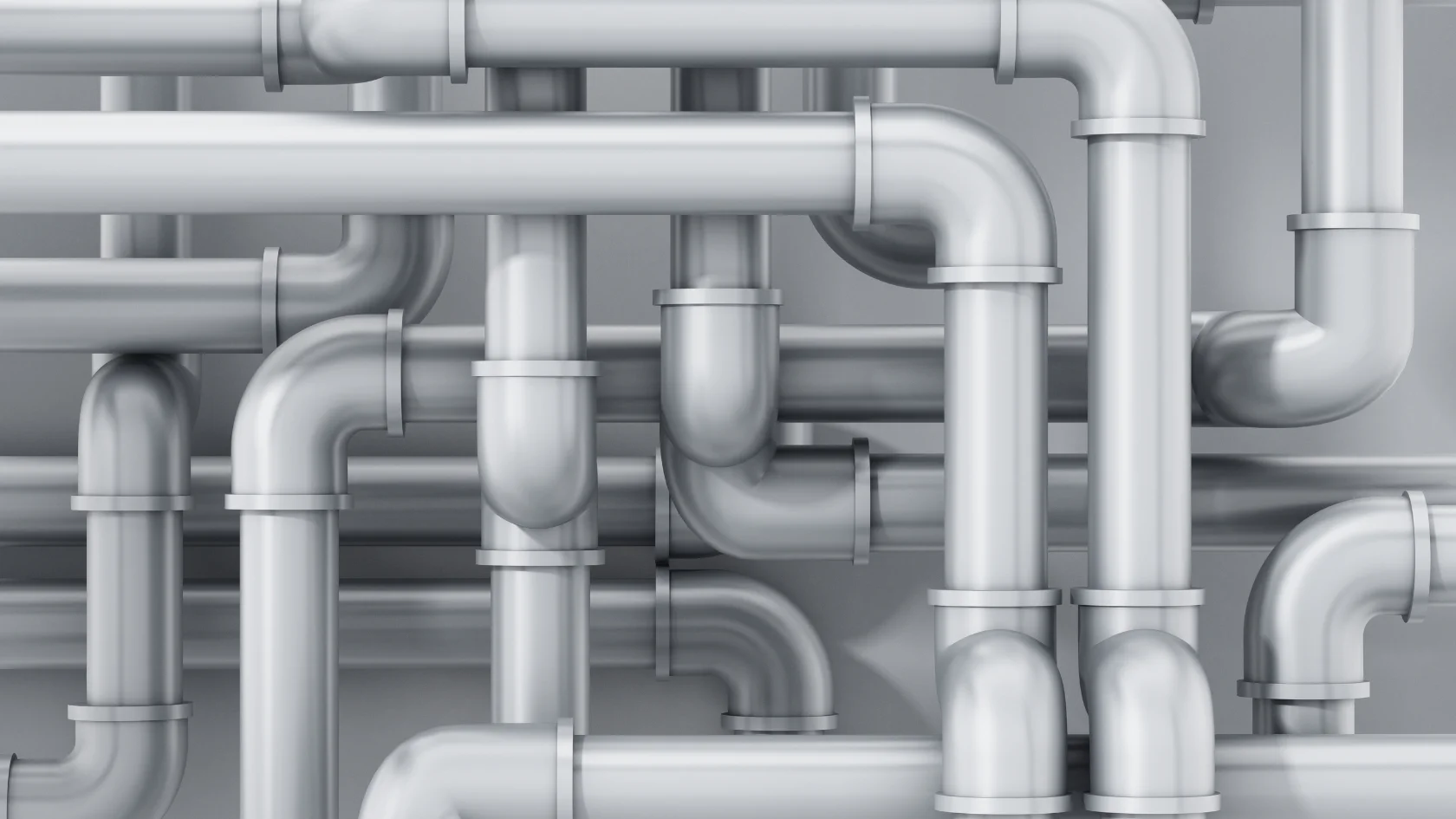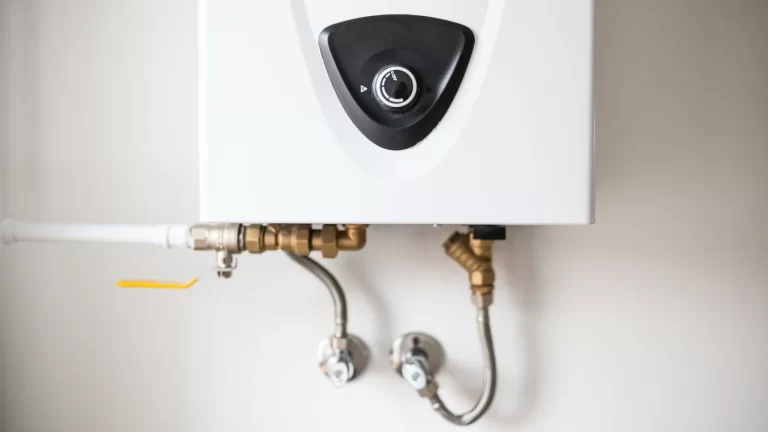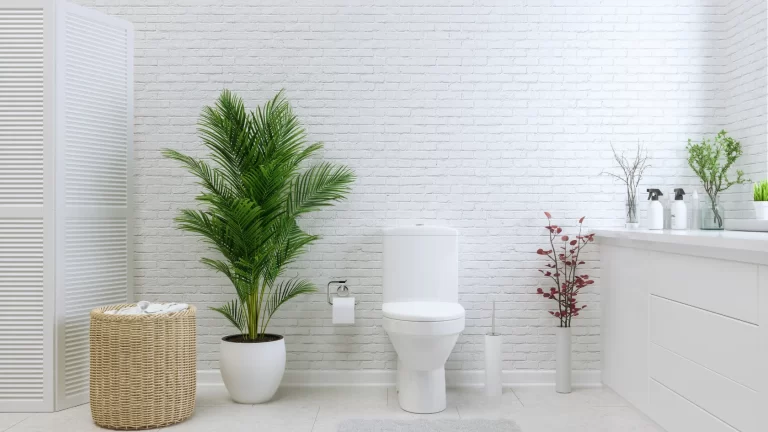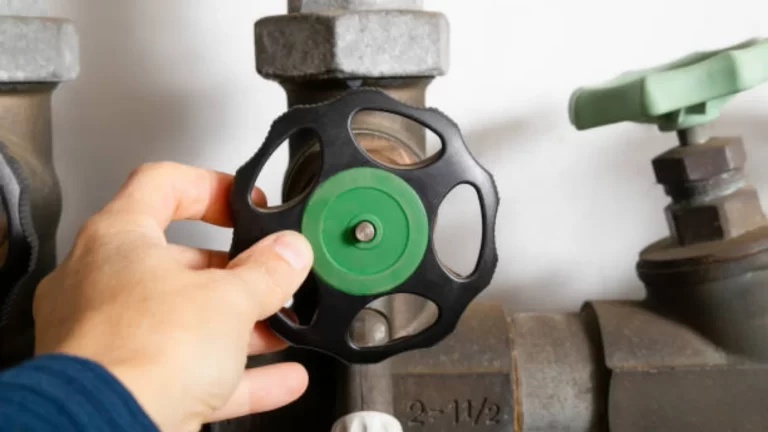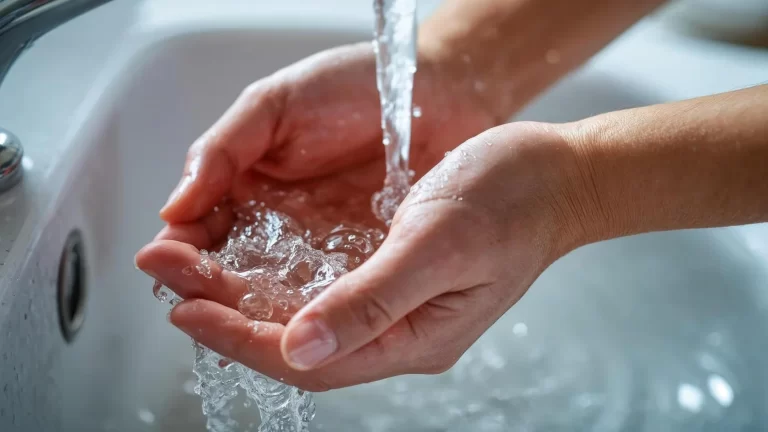A tiny spot on the ceiling is the first sign, followed by a trickle and finally a flood. Polybutylene pipe is the unseen cause of these expensive catastrophes for thousands of houses.
Between 1978 and 1995, millions of homes were constructed using polybutylene, also known as Poly-B or PB pipe. It gained prominence as the preferred option for domestic plumbing systems after being promoted as a less expensive and simpler substitute for copper pipes. But years later, countless leaks, insurance issues, and even class action lawsuits revealed the risks of this type of plastic pipe.
In this blog, we’ll walk you through everything you need to know about polybutylene plumbing, particularly what it is, why it fails, how to identify it, and the cost to replace it. We’ll also explain how PB pipe affects home insurance, why inspectors flag it during home inspections, and the best replacement options like PEX or copper. Whether you’re a homeowner, planning to buy a home, or worried about potential water damage, this guide will help you make informed decisions about your home’s plumbing system.
Contact us today through our form or call +1 (416) 252-5557 for expert plumbing, drain, and related services in Toronto, Etobicoke, Mississauga, and across the GTA.
What Is Polybutylene Pipe?
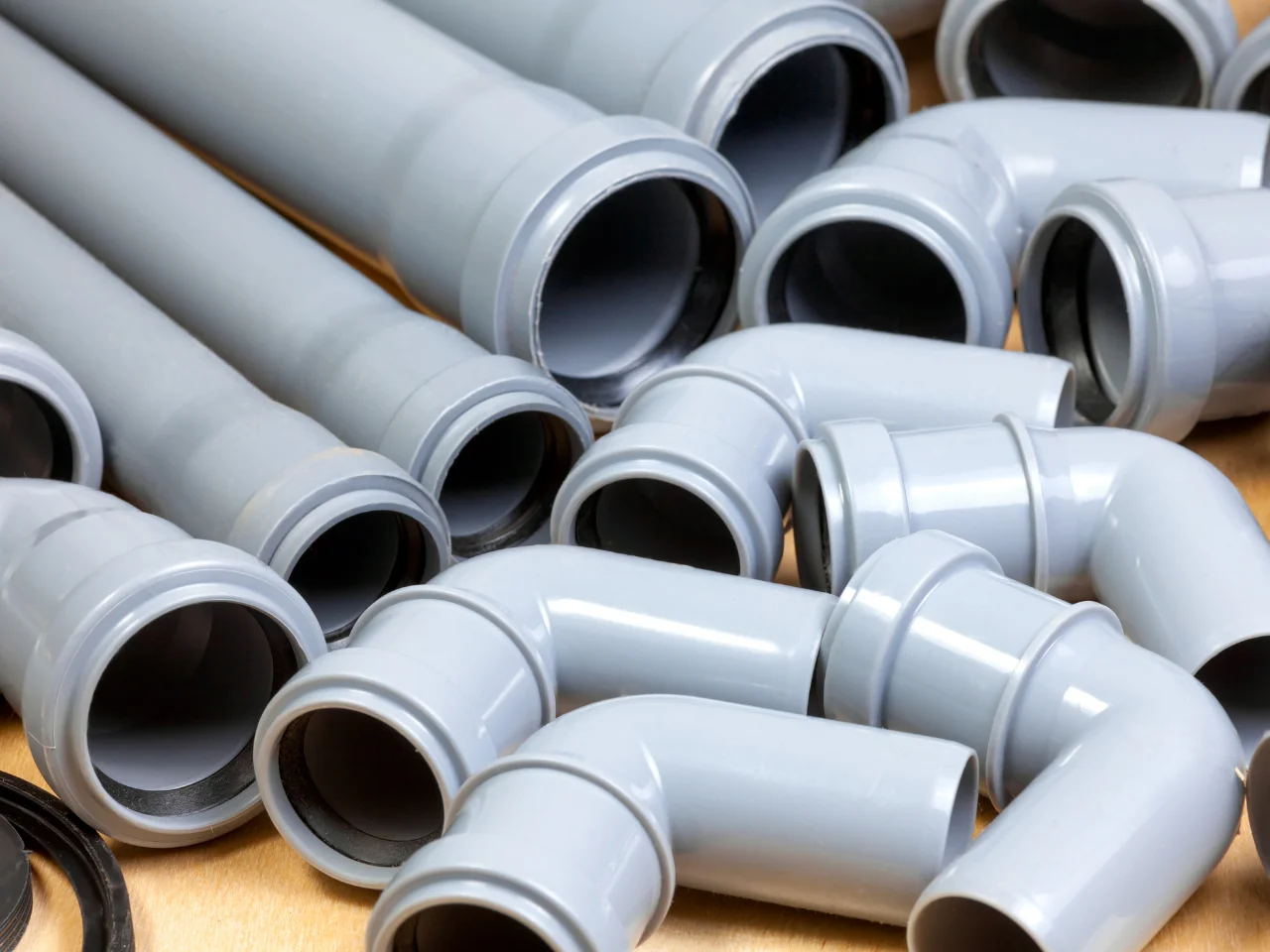
Polybutylene, sometimes referred to as Poly-B or PB pipe, was used in the construction of millions of homes between 1978 and 1995. It swiftly established itself as the norm for residential plumbing systems after being promoted as a simpler and less expensive substitute for other pipes, especially copper pipes.
Key Characteristics of Poly-B Pipes:
- Usually grey, but sometimes blue or black
- Marked with the letters “PB” followed by a series of numbers
- Commonly used for potable water lines, main water supplies, and interior plumbing fixtures
- Installed in millions of North American houses, especially those constructed between 1978 and 1995.
At the time, PB pipe seemed like an innovative solution. It resisted corrosion, reduced installation labour, and cut down material costs. Unfortunately, the material proved vulnerable to several long-term issues that led to widespread failures.
Why Were Polybutylene Pipes Popular?
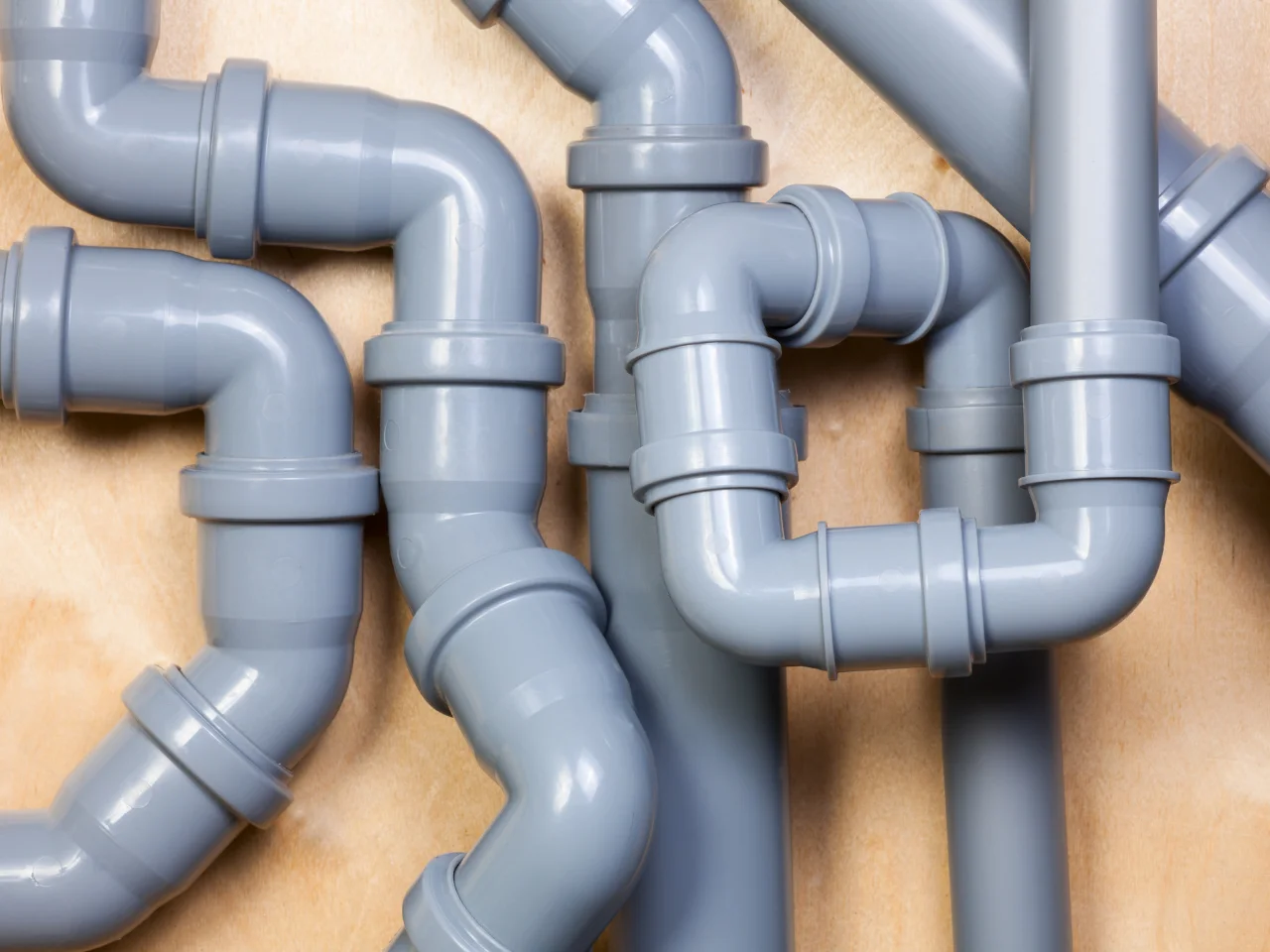
For builders and plumbers in the 1980s and early 1990s, polybutylene plumbing had clear advantages:
- Low cost: Significantly cheaper than copper piping
- Simple to install: Plumbers can run lines more quickly because it is lightweight and flexible.
- Corrosion resistance: Initially marketed as resistant to scale and mineral build-up
- Noise reduction: The plastic absorbed sound better than copper fittings and copper pipes
But these short-term benefits came at a long-term cost. Homeowners across Canada and the U.S. later experienced broken pipes, water leaks, and major water damage linked directly to PB plumbing systems.
The Problems with Polybutylene Plumbing
Over time, polybutylene pipes started failing at alarming rates. The issues weren’t just from poor workmanship or improper installation—they were tied to the pipe material itself.
Common Failures in Poly-B Pipes:
- Chemical degradation: Municipal water supplies often contain chlorine and other compounds that react with the resin. This weakens the pipe walls and causes cracks.
- Oxidation: Exposure to oxygen leads to brittle pipe material and eventual failure.
- Microbial damage: Certain bacteria in water can accelerate the breakdown of the PB pipe.
- Fitting failures: Many PB systems used plastic fittings made of acetal resin, which cracked under water pressure.
- Stress points: Bends, joints, and connections often fail years after installation.
And you know what the result is? Millions of dollars in damages from burst pipes, water-soaked drywall, ruined flooring, and insurance claims.
Polybutylene Pipe Lawsuits and Bans
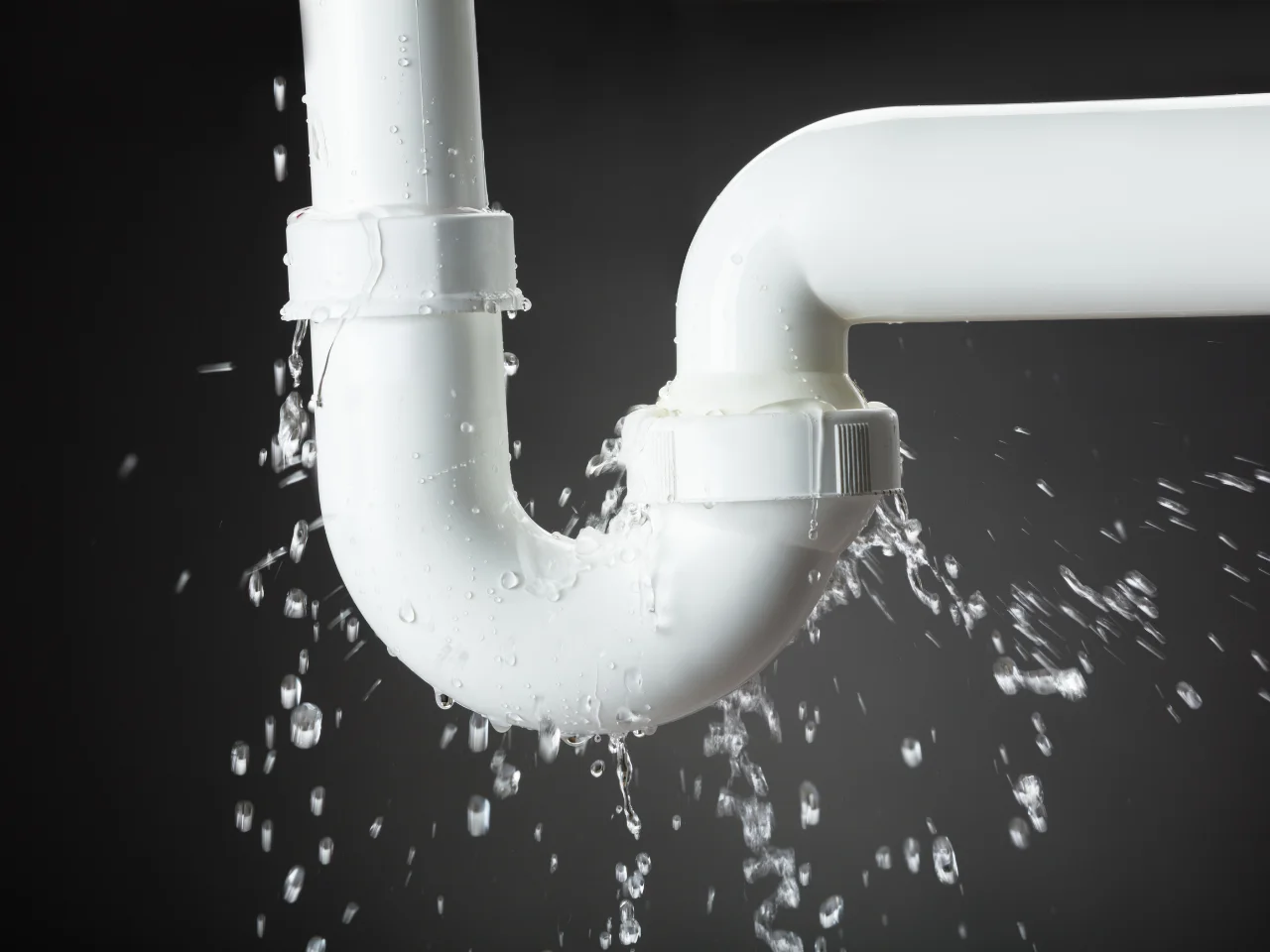
Polybutylene piping became one of the biggest legal and insurance issues in North American housing. Installed in millions of homes during the 1980s and 1990s, it was cheap and easy to use but prone to leaks and cracks caused by municipal water chemicals and poor fittings.
Moreover, manufacturers like Shell Oil, Hoechst Celanese, and DuPont faced class action lawsuits over defective plumbing pipes. More than 2.7 million homes were affected, with settlements reaching hundreds of millions of dollars.
In Canada, polybutylene pipes were common between 1985 and 1997. The National Plumbing Code stopped recognizing them in 1997, and by 2005, they were formally banned. The Association of Certified Home Inspectors reported frequent hidden leaks that damaged drywall, flooring, and plumbing systems.
Consequently, in 2005, the Supreme Court of Canada ruled that insurers were not required to cover homes with polybutylene plumbing. Many homeowners faced higher premiums, reduced coverage, or cancellations, making ownership of these systems a serious liability.
Polybutylene deteriorates when exposed to chlorine and other water treatment chemicals, causing cracks and bursts. Regardless of colour (blue, red, or gray), the material had the same weaknesses. Failures were so widespread that these pipes are no longer recognized in plumbing codes across North America.
Today, polybutylene is seen as one of the worst plumbing materials in history. For homeowners, the safest solution is replacing polybutylene with copper, PEX, or approved PVC to protect property value and regain insurance confidence.
How to Identify Polybutylene Pipes in Your Home
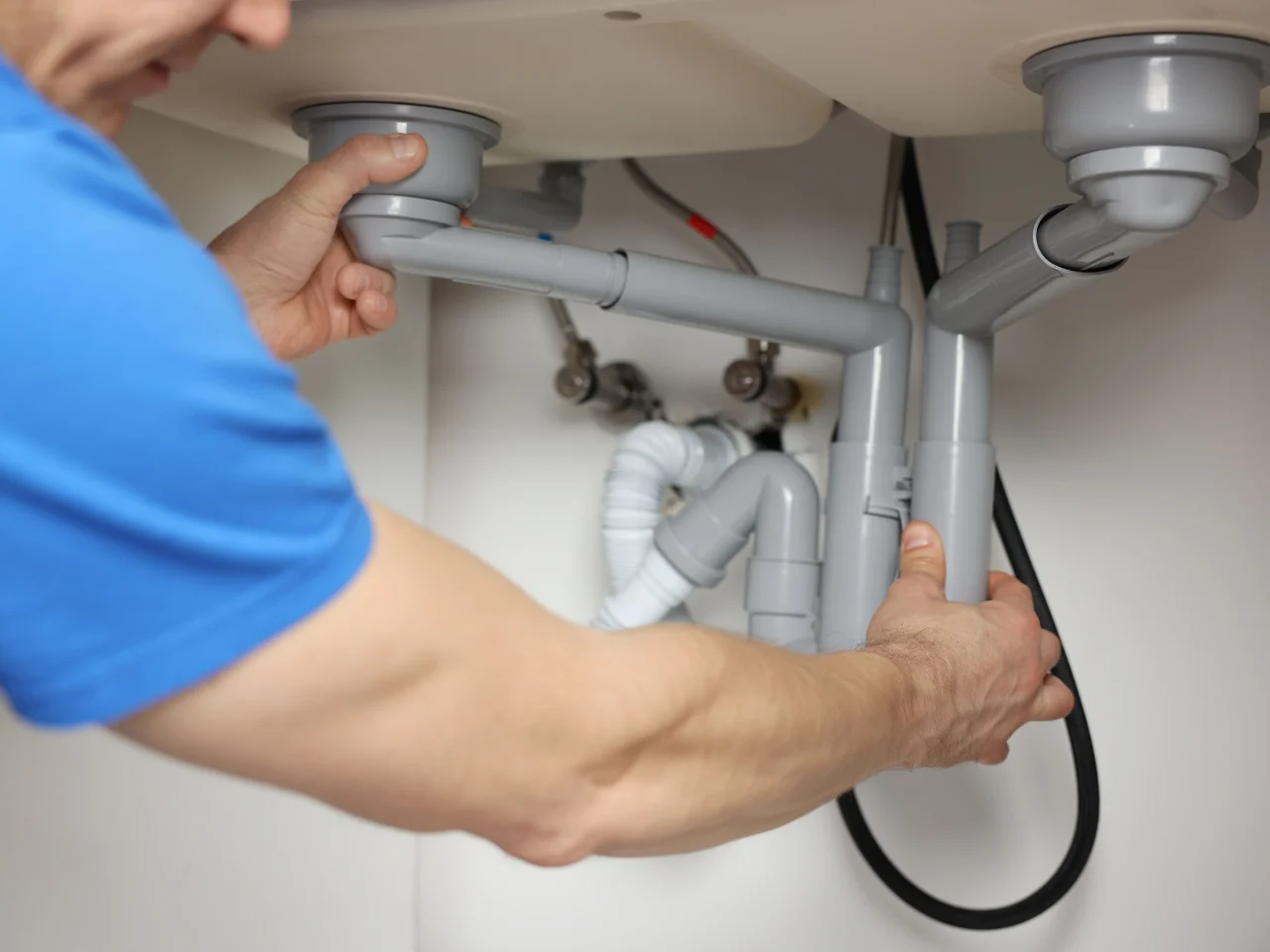
If your home was built between 1978 and 1995, there’s a strong chance it may contain PB plumbing. These poly-B plumbing systems were once common in home plumbing systems and are often identified by blue or red markings. However, exposure to compounds in municipal water and improper installation made the polybutylene plumbing system vulnerable to failure.
Today, the plumbing trades in Canada strongly recommend the replacement of polybutylene in homes with poly-b plumbing to protect piping systems, avoid water damage, and maintain homeowners’ insurance coverage.
Identification Tips:
- Look for grey, blue, or black plastic pipes, especially near the water heater or main water shutoff.
- Check for the stamp “PB” with numbers (often on the exterior of the pipe).
- Inspect pipe fittings. Poly-B systems often use plastic fittings instead of copper.
- Contact a certified home inspector or plumber if you’re unsure.
The Risks for Homeowners with Polybutylene Plumbing

Having Poly-B pipes in your home can create multiple issues:
- High risk of leaks: Even if the pipes look fine, they may fail without warning.
- Water damage: Leaks behind drywall can cause mould growth, structural damage, and costly restoration.
- Insurance problems: Many insurance companies won’t cover homes with PB pipe, or they impose higher premiums and deductibles.
- Lower resale value: Buyers and home inspectors are cautious about homes with PB plumbing systems.
- Building code compliance: Polybutylene pipes no longer meet the National Plumbing Code of Canada.
Contact us today through our form or call +1 (416) 252-5557 for expert plumbing, drain, and related services in Toronto, Etobicoke, Mississauga, and across the GTA.
Replacement Options: PEX or Copper?
If your home still has PB piping, the safest solution is polybutylene pipe replacement. Today, most plumbers recommend switching to PEX pipe or copper pipes.
PEX Pipe
- Flexible and easy to install
- Resistant to chlorine and scaling
- More affordable than copper
- Long lifespan with fewer joint failures
Copper Pipes
- Extremely durable and proven track record
- Resistant to bacteria and UV damage
- Higher cost but long-term reliability
Both materials are superior to Poly-B and will bring your plumbing system up to modern standards.
Poly-B and Home Insurance in Canada
Homeowners with polybutylene pipes often struggle with home insurance coverage.
- Many insurers refuse coverage for homes with PB pipe.
- Higher premiums and deductibles apply if coverage is granted.
- Policy cancellations can occur if PB plumbing is discovered during a claim or inspection.
Replacing Poly-B with PEX or copper ensures your home meets plumbing codes and keeps you eligible for standard insurance policies.
What Home Inspectors Look For
If you’re buying or selling a home, home inspectors will check for PB plumbing systems. They may flag it as a major concern and recommend replacement. Buyers often negotiate a lower price or request the seller replace polybutylene pipes before closing.
For homeowners, a professional inspection can give you peace of mind and help you plan for replacement before a costly leak occurs.
Why You Should Replace Polybutylene Pipes Now
Even if your PB pipes haven’t leaked yet, they are a ticking time bomb. Most failures happen years after installation, often with no warning signs. Considering PB pipes were last installed in 1995, every existing system is now 30–45 years old—well past its intended lifespan.
Benefits of Replacing Poly-B:
- Protect your home from sudden water damage
- Avoid expensive insurance premiums
- Increase resale value and buyer confidence
- Ensure compliance with building codes
- Upgrade to long-lasting, reliable materials
Call a Trusted Toronto Plumber for Polybutylene Pipe Replacement
Despite the popularity of polybutylene pipe decades ago, polybutylene plumbing is now a liability for homeowners. If you suspect PB pipes in your home—or if you’re buying a home built between 1978 and 1995—the best step is to call a licensed plumber for an inspection and replacement plan.
At Absolute Draining & Plumbing, we’ve helped homeowners across Toronto and the GTA replace outdated pipe materials with safe, reliable PEX or copper. Thousands of people trust us to prevent water damage to their homes because of our more than 20 years of experience, flat-rate pricing, and 25-year drain repair warranty.
Don’t wait until a broken pipe causes thousands of dollars in damage. Contact us today for a free consultation and expert advice on replacing polybutylene pipes in your home.
Contact us today through our form or call +1 (416) 252-5557 for expert plumbing, drain, and related services in Toronto, Etobicoke, Mississauga, and across the GTA.

